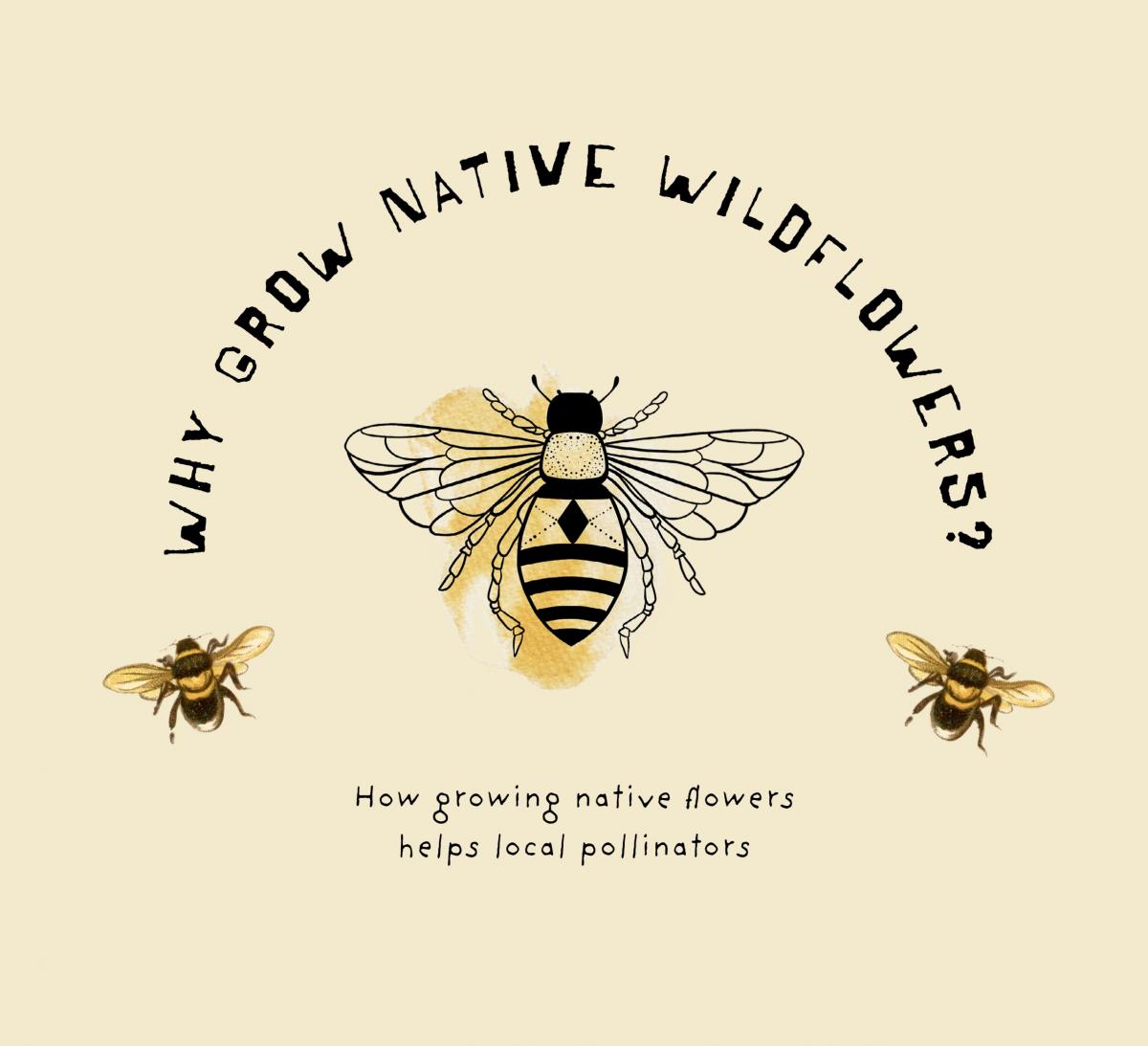-
Our Community
-
- Our Community About Florence City Newsletter News & Recognition Events & Activities City Calendar Florence Events Center Calendar Chamber Calendar RiverCal Siuslaw Library Calendar Schools Siuslaw School District Lane Community College
- Airport City Projects Directory Doing Business Health Care Resources Library Local Media Rainfall Report Transportation Parks & Trails Directory
- Public Safety City of Florence Police Lane County Sheriff's Office Oregon State Police US Coast Guard - Siuslaw Station Western Lane Fire & EMS Authority Organizations Florence Area Chamber of Commerce Florence Events Center Florence Senior Center Port of Siuslaw Siuslaw Vision
-
- Doing Business
-
Welcome Visitors
-
- About Florence Community Amenities Airport Florence Events Center Library Parks & Trails Directory Public Art Senior Center
- Eat, Shop, Stay & Play Florence Area Chamber of Commerce Move Your Business
- Events & Activities City Calendar Siuslaw Library Calendar Chamber Calendar Florence Events Center Calendar
-
-
Inside City Hall
-
- City Council City Services A-Z Commissions and Committees City Projects Directory Agendas and Minutes Florence News ADA Facility Code of Conduct
- Administration Administrative Services City Manager's Office City Recorder Economic Development Emergency Management Finance Human Resources Municipal Court Urban Renewal (FURA) Utility Billing Florence Events Center Police
- Community Development Building Code Enforcement Planning & Zoning Public Works Airport Parks Stormwater Streets Wastewater Water Media Inquiries
-
-
Helpful Resources
-
- Apply for a Job Apply for a Board or Committee Contact the City Council Contact City Staff Check City Social Media Download Forms & Applications Find a City Code
- Find Transportation Get a Business License Get a Noise Variance Get Email Subscriptions Hold a Special Event Locate City Offices Pay My Utility Bill Pay My Court Fine
- Report a Code Violation Report Storm Related Issues Request a Police Report Request a Public Record Reserve a Park View Bids & RFPs View the Calendar
-
How Growing Native Flowers Helps Local Pollinators

In December 2022 Camp Florence came out and performed maintenance for the City along Hwy 101 and Hwy 126 in the ReVision Florence landscape planters. One of their tasks along with removing weeds and trimming the grasses and shrubs was to plant 2,000 bulbs in various planters and medians throughout the City. These bulbs join our already established native wild flower gardens around the City. Be on the lookout for the new colors popping up all over the City.
Why Plant Native?
- Once established, native flowers need little to no care. They are designed to thrive in our climate, sun levels, soil type, and rain.
- Native flowers are just nice to have around. Many native and wildflower plants offer beautiful showy flowers, produce abundant colorful fruits and seeds, and brilliant seasonal changes in colors from the pale, thin greens of early spring, to the vibrant yellows and reds of autumn.
- Native plants help in conserving of water, are adapted to the local environmental conditions, and require far less water. All of this adds up to saving time, money, and perhaps the most valuable natural resource we have water.
- Native plants and wildflowers are good for the native wildlife. In addition to providing vital habitat for birds, many other species of wildlife benefit as well. Native plants and wildflowers provide nectar for pollinators including hummingbirds, native bees, and butterflies. They provide protective shelter for many mammals and reptiles. The native nuts, seeds, and fruits produced by these plants offer essential foods for all forms of wildlife.
How Can You Help Our Local Pollinators?
- Hold the chemicals. Pesticides, herbicides, and chemical fertilizers are detrimental to pollinators. Many of these chemical’s seep into the cells of plants and become very harmful to the insects and animals that rely on the leaves, nectar, and pollen for food. So, if monarch caterpillars are munching on sprayed leaves or insects are gathering nectar or pollen, they can get sick and die.
- A variety of native wildflowers in your yard is great for pollinators. Grow clumps of 2 or more plants of the same wildflower, then have 2-3 different types of wildflowers, if you have the space. If you’re short on space, you can also work with your neighbors to have a variety of plants in your neighborhood. When you're making decisions about what mix of wildflower to plant, try to pick a range of bloom times, so there's always something for the pollinators to visit from spring to fall.
- Nurture pollinator nests. Many of the things we do to tidy up our yards actually translates to us removing nesting places for pollinators! Briefly, you want to leave the leaves, save the stems, and embrace bare ground. Pollinators use fallen leaves as a place to cocoon, lay their eggs, or forage for food. Meanwhile, other pollinators lay eggs inside dead stems and still others build nests by tunneling down through bare ground. Protect an important part of pollinators’ life cycle by providing these types of nesting locations. You could also add a bumblebee nest to your flower garden.
What to see more wildflowers round town? You can adopt a right-o-way (ROW) through our Adopt-a-Street program. With the Adopt-ROW program you will be able to plant wildflowers and get to help it grow throughout the year.
Want your own wild flower garden? Florence-made FloGro makes the perfect compost for nurturing new plants.
